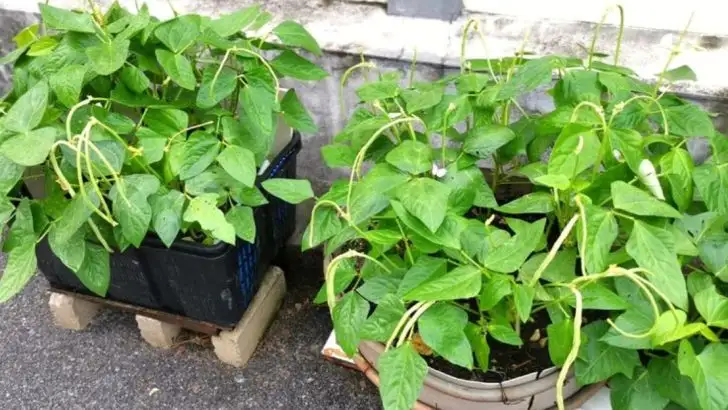Beans are one of the easiest and most rewarding crops to grow in containers — if you know a few key tricks. Whether you prefer bush beans or pole varieties, container gardening offers a flexible way to enjoy crisp, flavorful harvests without needing much space.
In this article, we’ll reveal 13 essential secrets for growing beans in pots, including how to choose the right container size, encourage continuous production, and keep plants healthy and productive all season long. With just a bit of guidance, you’ll be harvesting fresh beans straight from your patio in no time.
Turn your containers into bean-producing powerhouses with these simple, proven tips.
Choose the Right Container
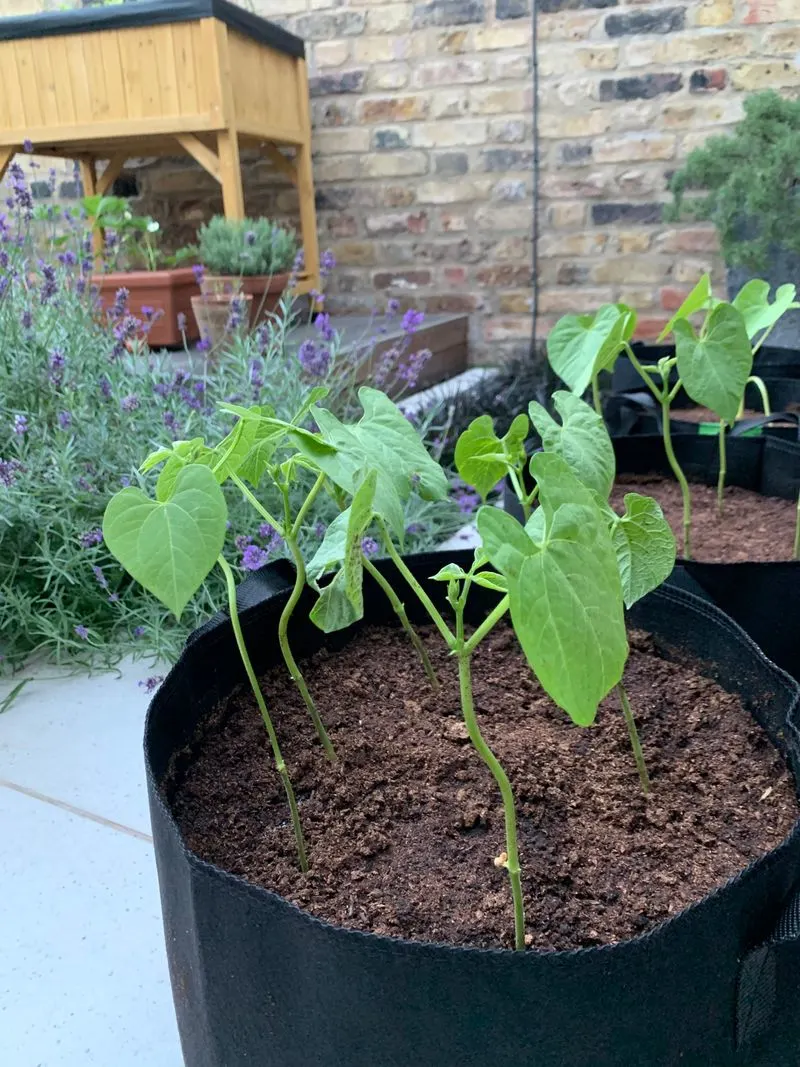
The secret to successful container bean gardening starts with selecting the right container. Opt for pots with ample drainage holes to prevent waterlogging, as beans detest soggy roots. A depth of at least 12 inches allows roots to stretch comfortably. Terracotta, plastic, or fabric pots each have their merits, but ensure they fit the growing environment. Urban gardeners might prefer lightweight options for ease of mobility. A pot with a width of at least 18 inches supports multiple plants, fostering a mini bean oasis. Don’t forget to choose a container with a saucer to protect surfaces underneath.
Select the Perfect Bean Variety
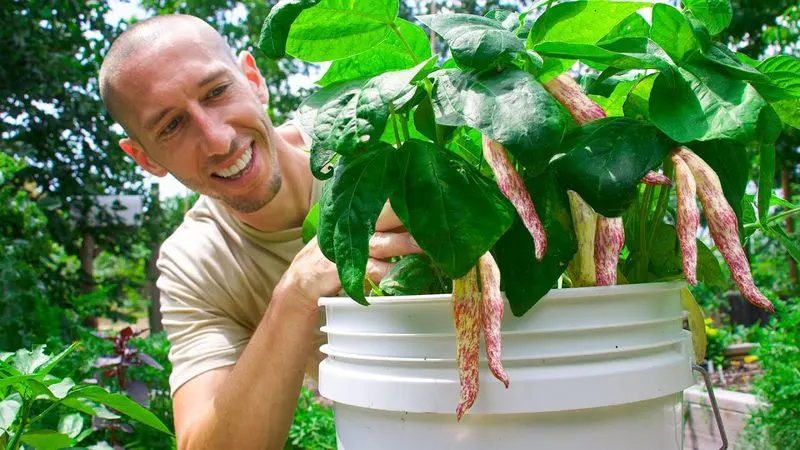
Beans come in many shapes and sizes, so picking the right variety is essential. Bush beans are compact, fitting snugly in smaller spaces, while pole beans offer vertical growth, perfect for trellises. Dwarf varieties cater to the tiniest of spaces, like window sills. Consider the climate—heat-tolerant varieties thrive in warmer areas, while cool-weather beans prosper in milder regions. Heirloom options bring uniqueness with vibrant colors and flavors. Mix and match for a varied harvest, ensuring a colorful plate. Remember to carefully read seed packets for information on growth habits and climate suitability.
Soil Selection and Preparation
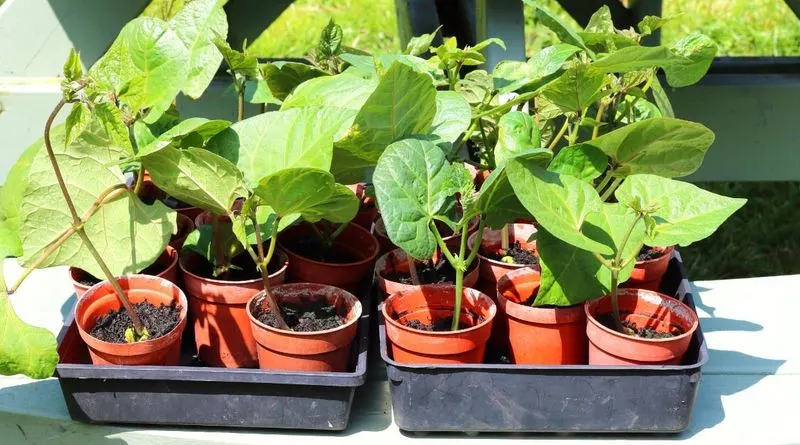
Rich, well-drained soil is the foundation of healthy bean plants. Start with quality potting mix, enhanced with compost for added nutrients. Avoid garden soil, which compacts easily and lacks drainage. Incorporate perlite or vermiculite to improve aeration. A pH level between 6.0 and 7.0 is ideal, so consider testing and adjusting with lime or sulfur if needed. Moist soil, not wet, creates the perfect environment for roots. Refresh the top layer with compost throughout the growing season, ensuring beans receive a steady supply of nutrients for robust growth.
Optimal Watering Techniques
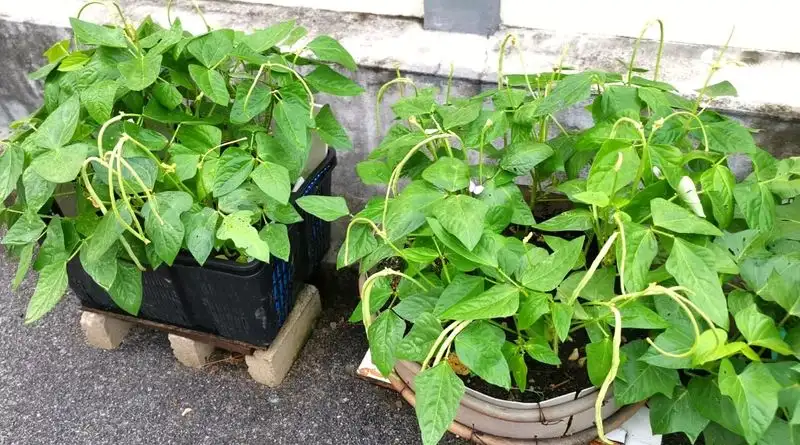
Water is life for plants, but too much or too little can spell disaster. Morning watering helps prevent evaporation, giving beans a strong start to the day. Ensure soil is evenly moist but not soaked. Over-watering leads to root rot, a frequent foe in container gardening. Use your finger to test moisture a couple of inches below the surface. A drip irrigation system offers efficiency, especially for busy gardeners. Mulching with straw or shredded bark helps retain moisture and reduces the need for frequent watering. Adjust according to weather changes and plant growth stages.
Provide Support for Climbing Beans
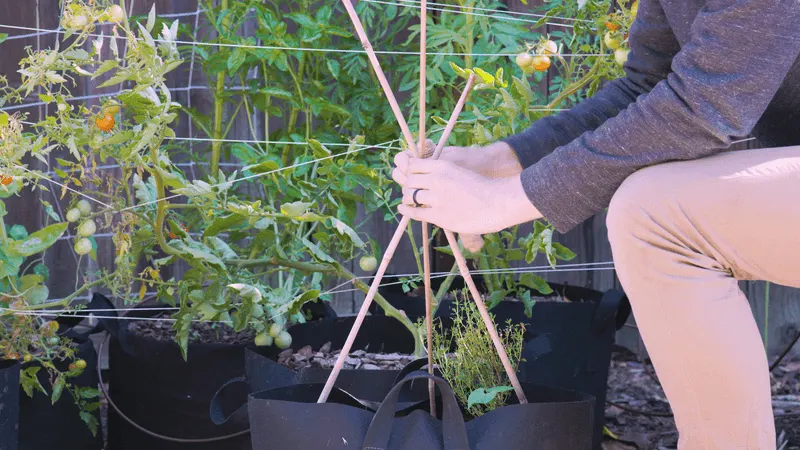
Climbing beans require sturdy support to reach their full potential. Trellises, stakes, or cages help keep vines upright, maximizing space. Bamboo poles or metal frames provide durability. Position support structures before planting to avoid disturbing roots later. Secure vines gently with ties to prevent damage. Regularly guide wayward vines back onto supports. This not only aids plant health but also eases harvesting. Climbing beans add vertical interest to gardens, turning patios into thriving green walls. Choose a support system that complements your space while ensuring structural integrity.
Sunlight Requirements
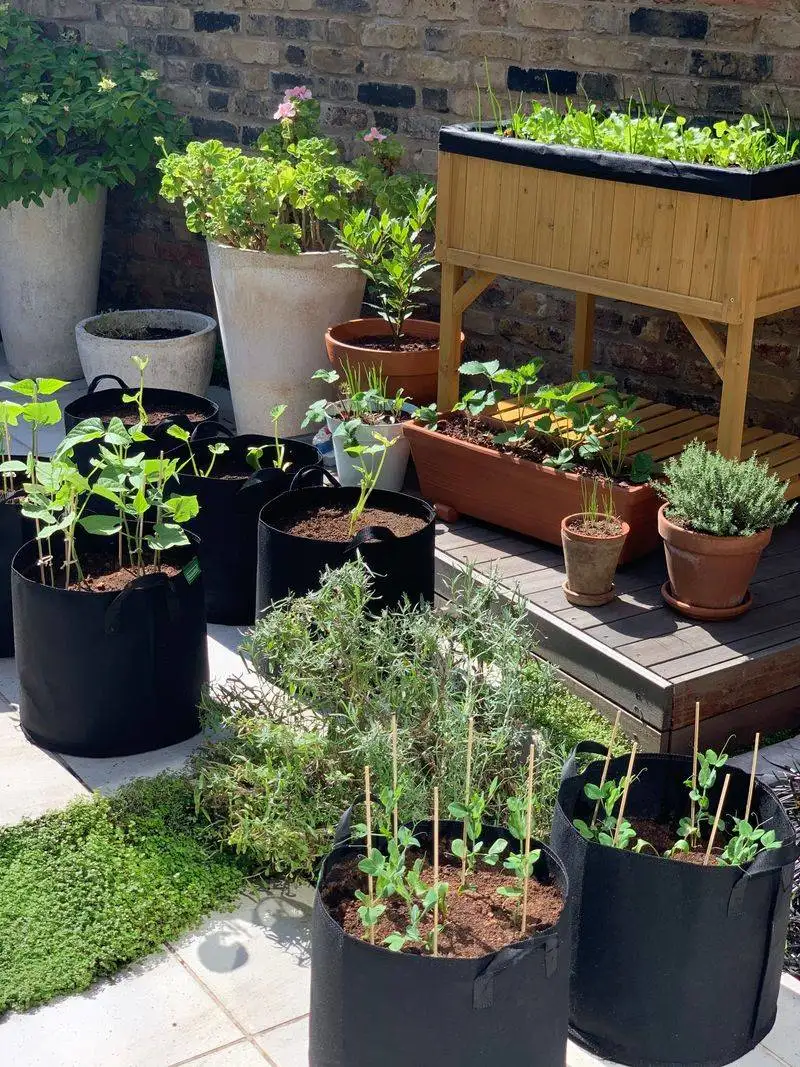
Beans are sun worshippers, needing around 6 to 8 hours of sunlight daily for optimal growth. Position containers in the sunniest spot available, whether it’s a balcony, patio, or garden. Rotate pots regularly to ensure even lighting on all sides. If natural light is insufficient, consider supplemental grow lights. South or west-facing positions typically offer the best exposure. Monitor plants for any signs of inadequate light, such as lanky growth, and adjust as necessary. Sunlight not only fuels photosynthesis but also enhances flavor and pod production, resulting in tastier harvests.
Fertilization Strategies
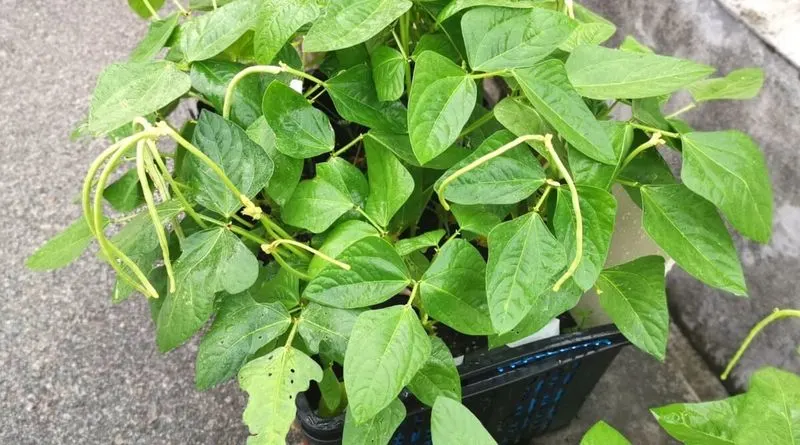
Feeding beans is crucial for a bountiful harvest. Start with a balanced, slow-release fertilizer when planting. Every few weeks, supplement with a liquid seaweed or fish emulsion to promote growth. Avoid high-nitrogen fertilizers, which spur foliage at the expense of beans. Organic options support sustainable practices, enhancing soil health. Pay attention to plant signals; yellowing leaves might indicate a nutrient deficiency. Fertilize during the morning to minimize evaporation. Remember, less is more—over-fertilizing can lead to salt buildup, harming plants. A well-fed bean plant rewards with abundant, flavorful pods.
Pest Management
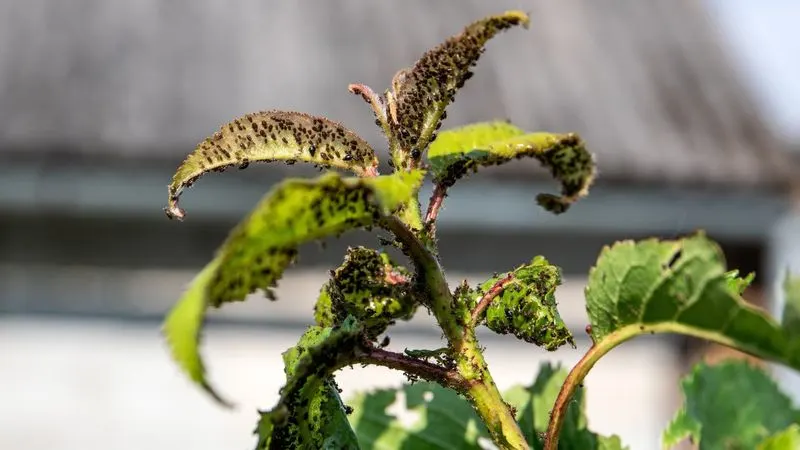
Protecting beans from pests is an ongoing task. Start with vigilance—regularly inspect leaves for signs of aphids, spider mites, or beetles. Natural predators like ladybugs and lacewings offer eco-friendly pest control. Homemade sprays, such as neem oil or soapy water, deter unwanted visitors. Encourage biodiversity by planting companion herbs nearby, like basil or marigold, which repel pests. Keep the growing area clean, removing debris that harbors insects. Early intervention prevents infestations from taking hold. A healthy, pest-free environment boosts bean yield and ensures clean, unblemished pods for your table.
Temperature Considerations
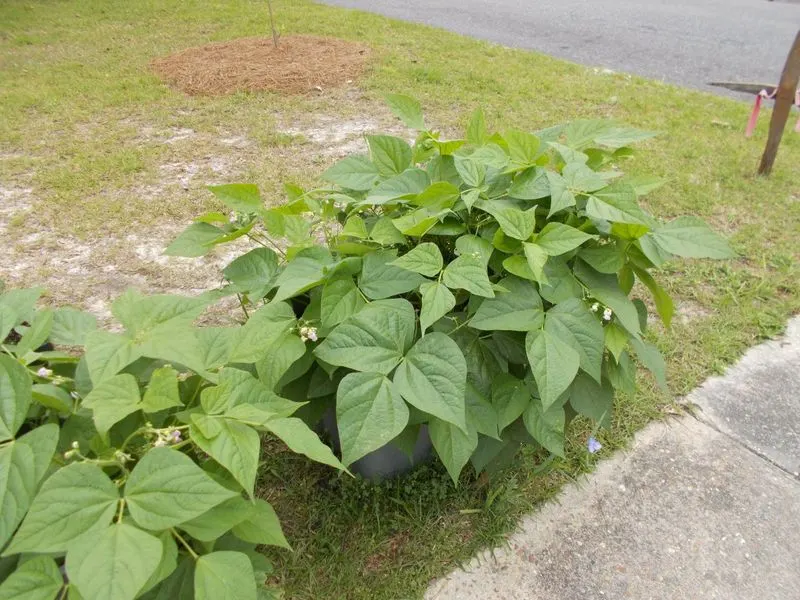
Beans thrive in moderate temperatures, typically between 60°F and 85°F. Cool nights don’t faze them, but frost is a fatal foe. In cooler climates, wait until after the last frost to plant. During heatwaves, move containers to shaded areas or use shade cloth to prevent leaf scorch. On chilly nights, protect plants with row covers or bring them indoors temporarily. Consistent temperatures promote steady growth and flowering. Stay attuned to weather forecasts, adjusting care to protect beans from extreme conditions. A stable environment leads to a resilient, productive crop.
Pruning and Maintenance
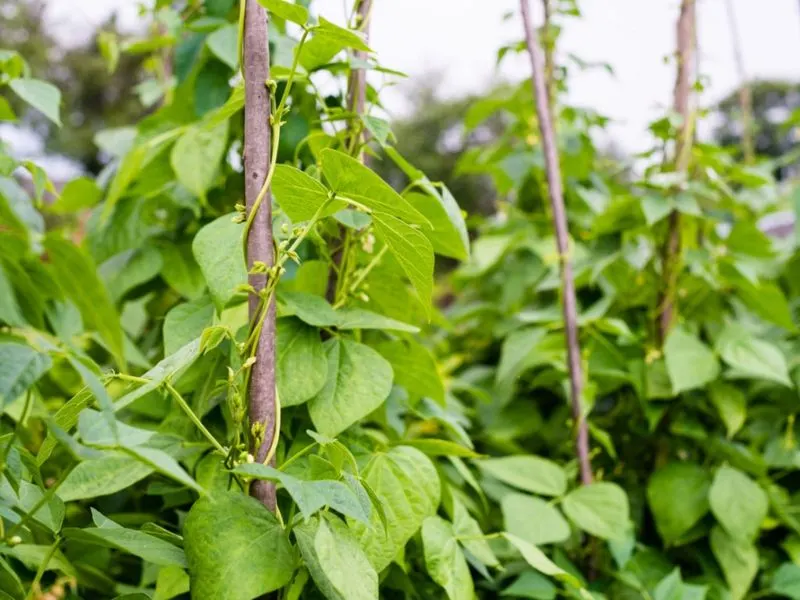
Regular maintenance keeps bean plants productive and tidy. Pruning enhances airflow and light penetration, reducing disease risks. Snip away dead or diseased foliage promptly. For bush beans, gentle thinning prevents overcrowding, while climbing beans benefit from tip pinching to encourage branching. Use clean, sharp tools to prevent infection. Mulching helps suppress weeds, retaining moisture and neatness. Periodically rotate containers to mix sunlight exposure, balancing growth. Maintenance tasks, though small, cumulatively enhance the health and yield of your beans, transforming your garden into a thriving, orderly space.
Companion Planting
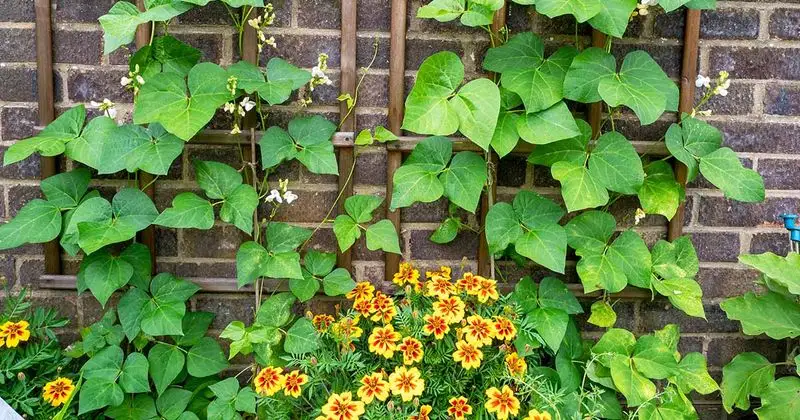
Companion planting enhances bean health and productivity. Basil, marigold, and nasturtium are excellent companions, repelling pests and attracting beneficial insects. Herbs like dill and cilantro add a fragrant touch while aiding growth. Avoid planting beans near onions or garlic, which inhibit growth. Consider the layout—group plants with similar water and light needs. The diverse ecosystem fosters natural pest control and mutual support. Companion planting not only boosts yields but also enriches the visual appeal of your garden, providing a symbiotic environment where plants thrive collectively.
Harvesting Techniques
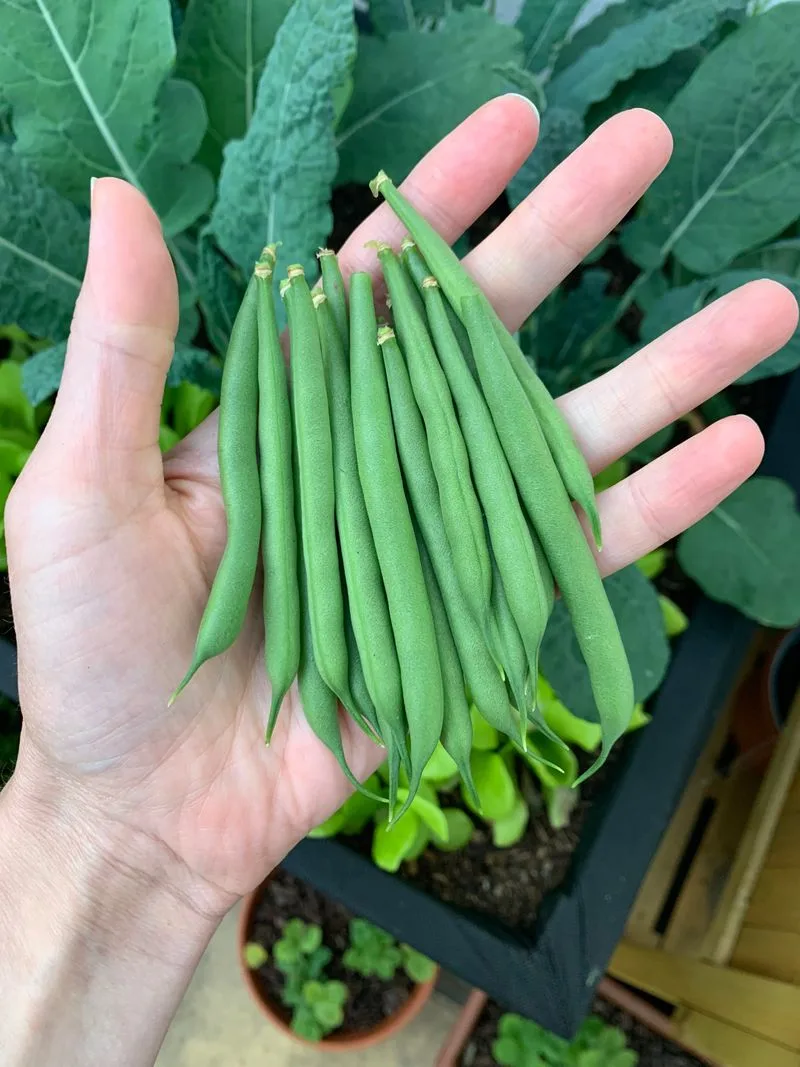
Timely harvesting ensures peak flavor and productivity. Pick beans when pods are firm and snap easily, before seeds bulge. Frequent harvesting encourages more pods to develop. Use two hands—one to hold the plant, the other to pick—to avoid damaging stems. Morning harvests preserve flavor and crispness. If beans become overripe, beans inside can be used for seed saving. Regularly check plants, as some varieties mature quickly. Enjoy beans fresh, or preserve excess through freezing or pickling. Mastering the art of harvesting enhances your garden’s yield, ensuring a continuous supply of delicious, home-grown beans.
End-of-Season Care
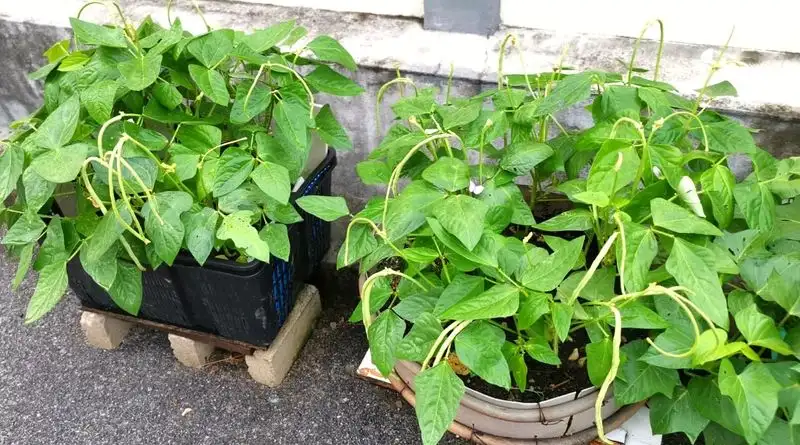
As the season winds down, caring for containers ensures future success. Remove spent plants, roots and all, to prevent disease overwintering. Clean containers thoroughly with a mild bleach solution. Store in a dry, sheltered location to prevent weather damage. Save seeds from the best-performing plants for next year’s crop. Consider planting a cover crop to enrich the soil if the container will remain outdoors. Reflect on the season’s success and challenges, planning improvements for next year. End-of-season care not only protects your investment but sets the stage for another bountiful growing season.

